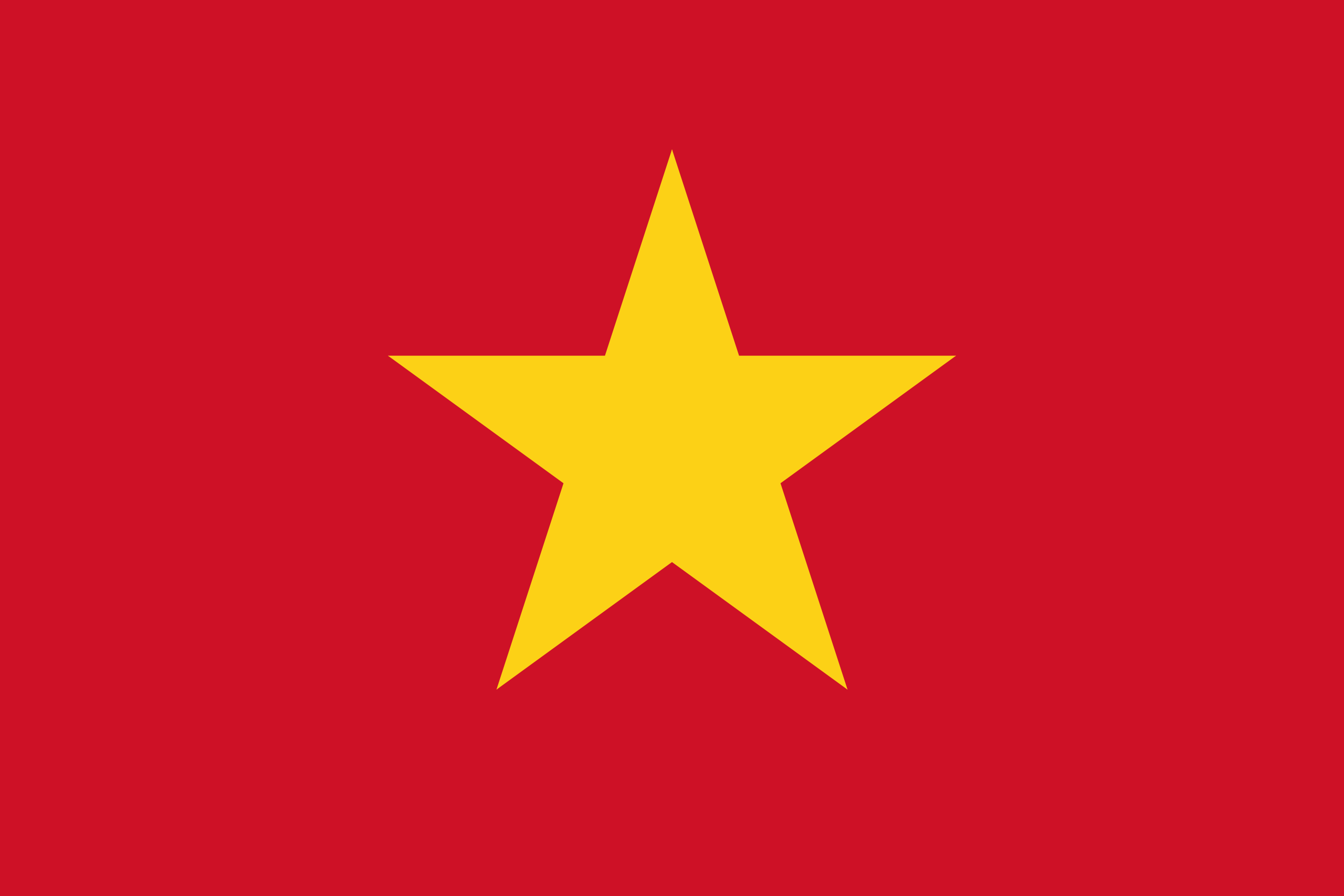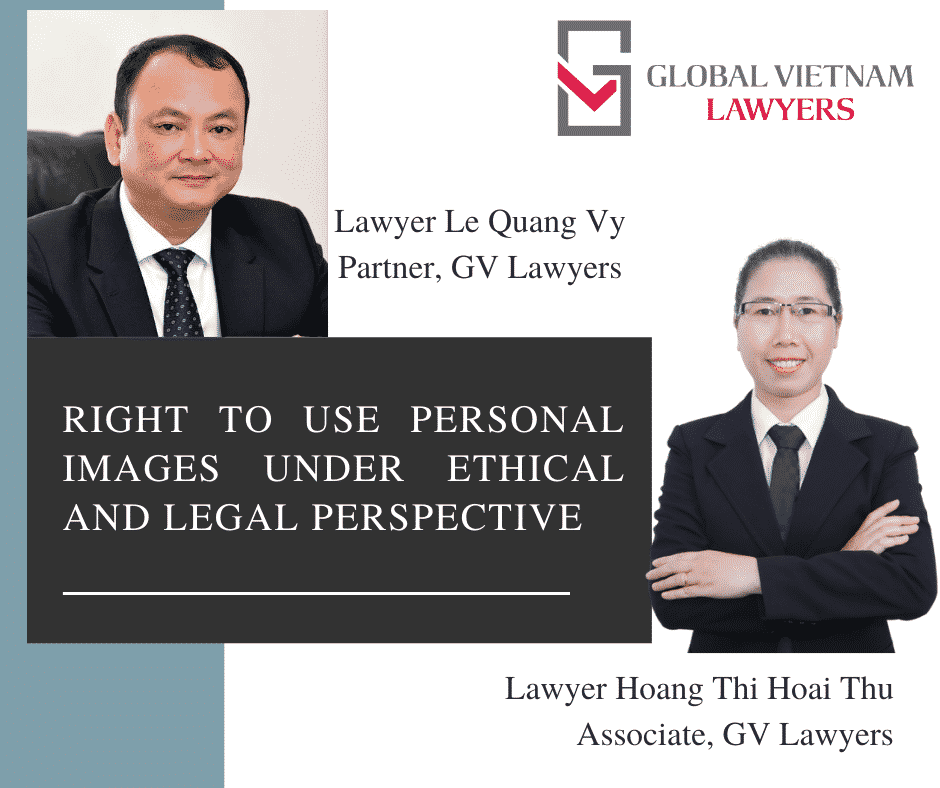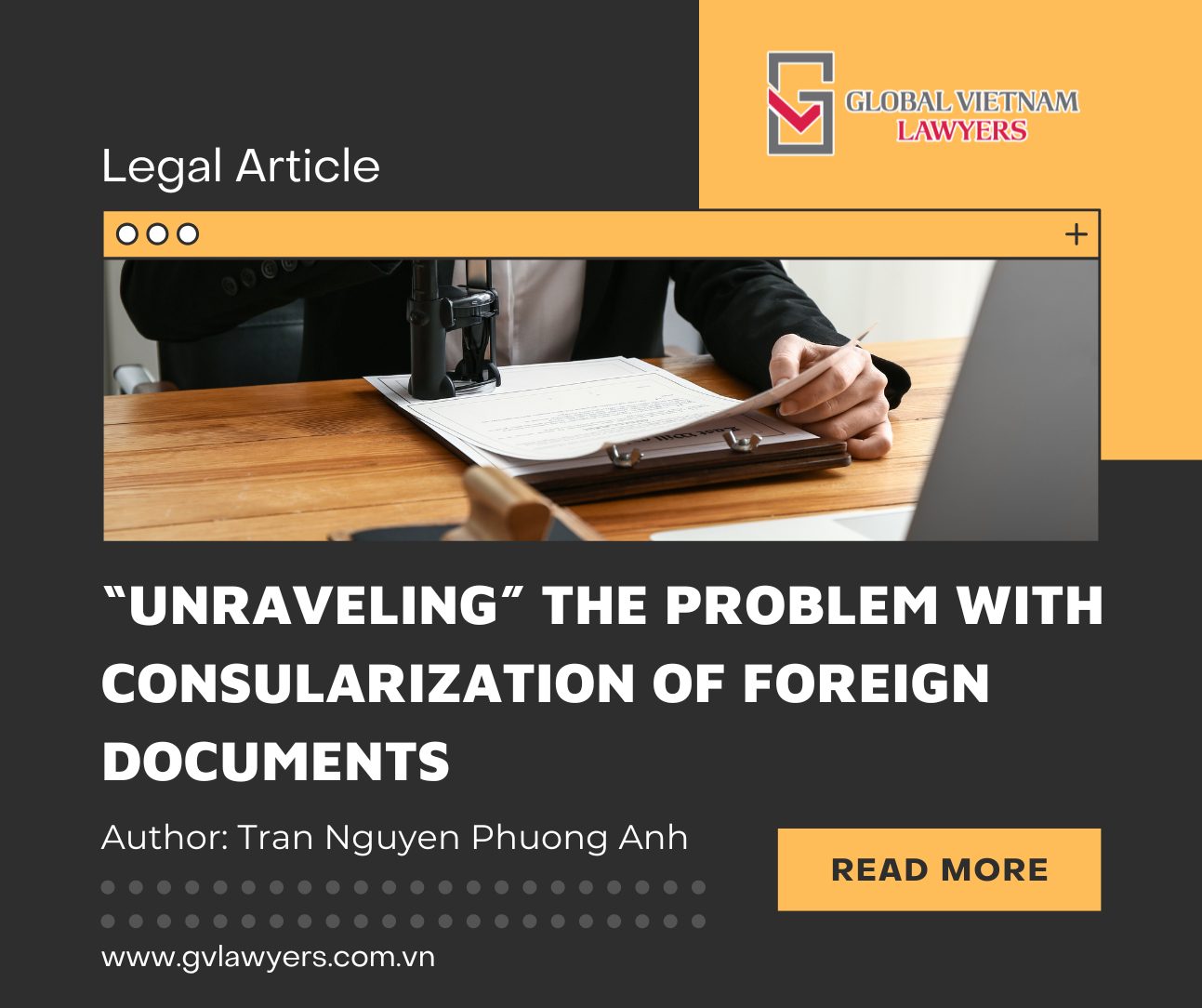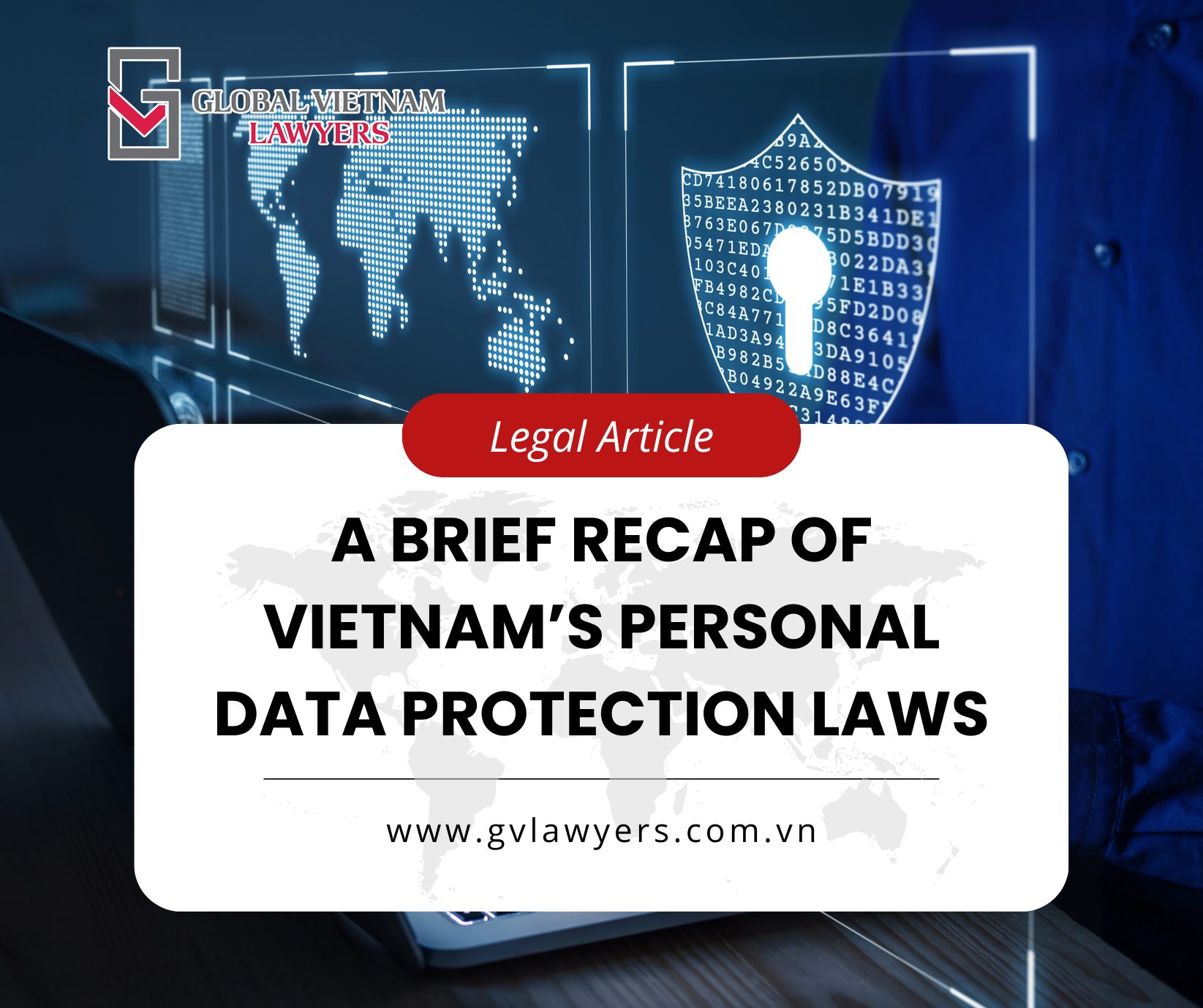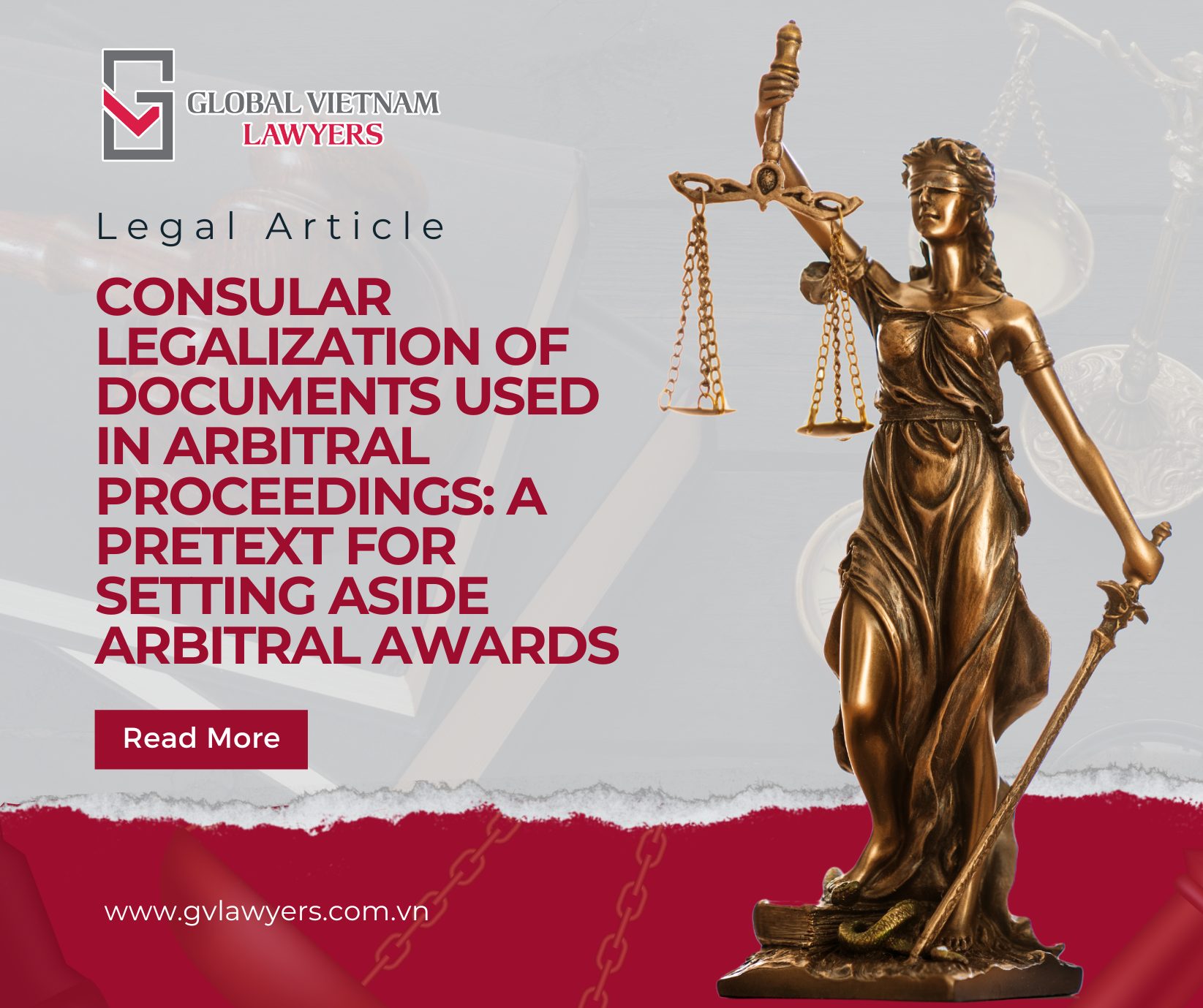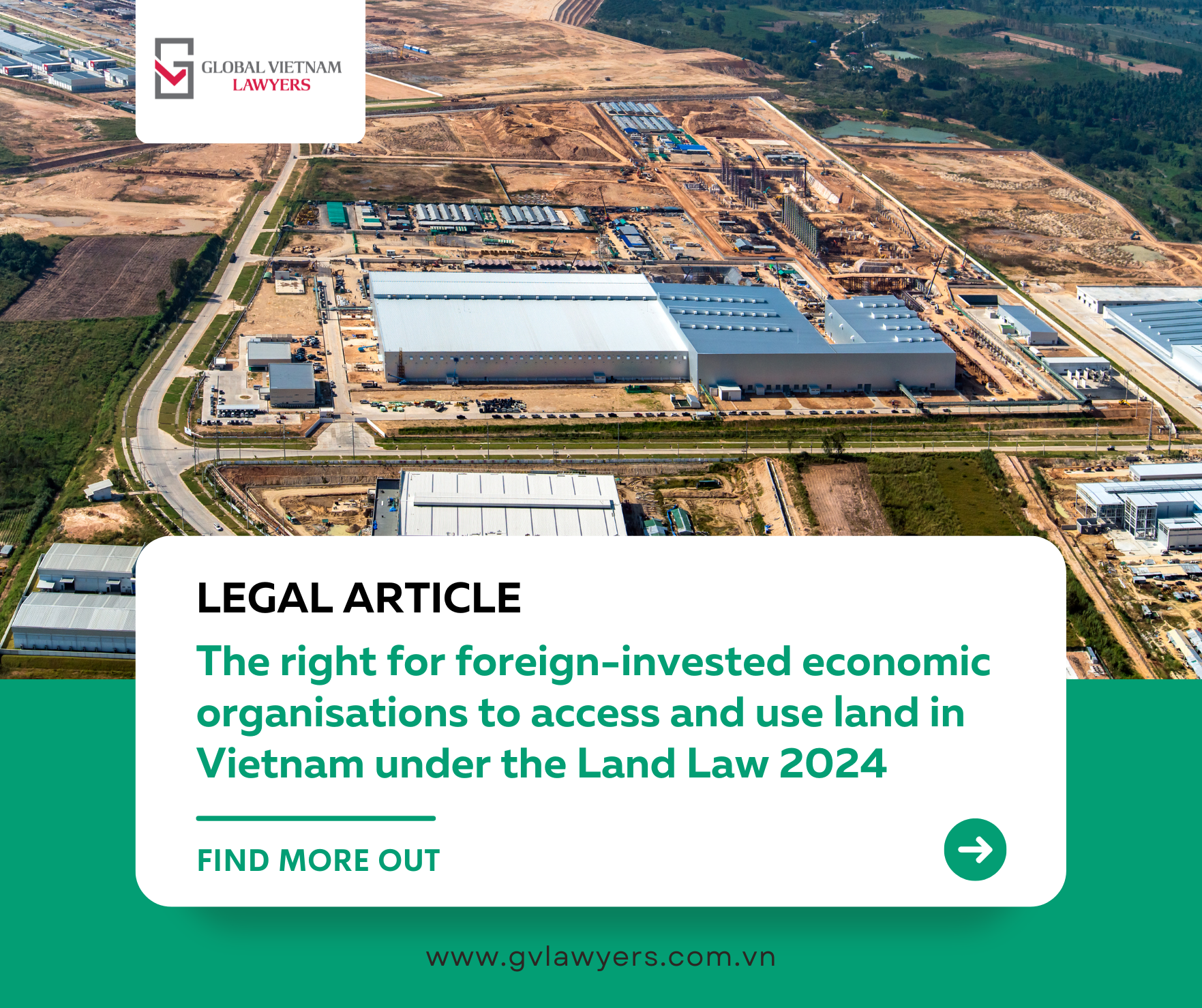GV Lawyers introduces the article of Lawyer Le Quang Vy and Lawyer Hoang Thi Hoai Thu headlined as “The right to use personal images under ethical and legal perspective” was posted on the website Vietnam Online Lawyer on 07 May, 2020. In this article, the authors presented and analyzed important issues of moral rights, image rights and other fundamental human rights that need to be respected and protected in accordance with Vietnamese laws and at the same time the author also made legal comments on a recent incident.
***
Personal image of a person belongs to the moral rights of that person. In terms of personal status, moral rights include the rights to a surname and a first name; the right to birth and death registration; the right to marry, divorce, etc. In terms of spirit, moral rights include the rights to freedom of belief; freedom of research and creation; image rights; the right to protect honor, dignity, privacy ,etc. And finally, in terms of social aspects, moral rights are the rights to work; freedom of business; freedom of movement, residence, etc.
Thus, every human individual has moral rights that are inseparable from his own, in other words, moral rights never change the subject, so moral rights always include two attributes:
(i) inalienable means that moral rights cannot be purchased, sold, donated, inherited (except in cases where heirs have the right to protect the deceased’s reputation, honor or work integrity);
(ii) indispensable means that moral rights cannot be confiscated or requisitioned in any way.
Laws of most countries in the world have provisions to protect moral rights. As aforesaid, the right to image belongs to one’s spirit. Accordingly, the individual has full rights to his or her image. No one has the right to disseminate an image of another individual by taking photo of, painting or any other means, without the consent of that individual. Therefore, any person or organization that uses the image of another individual is bound by ethical and legal obligations.
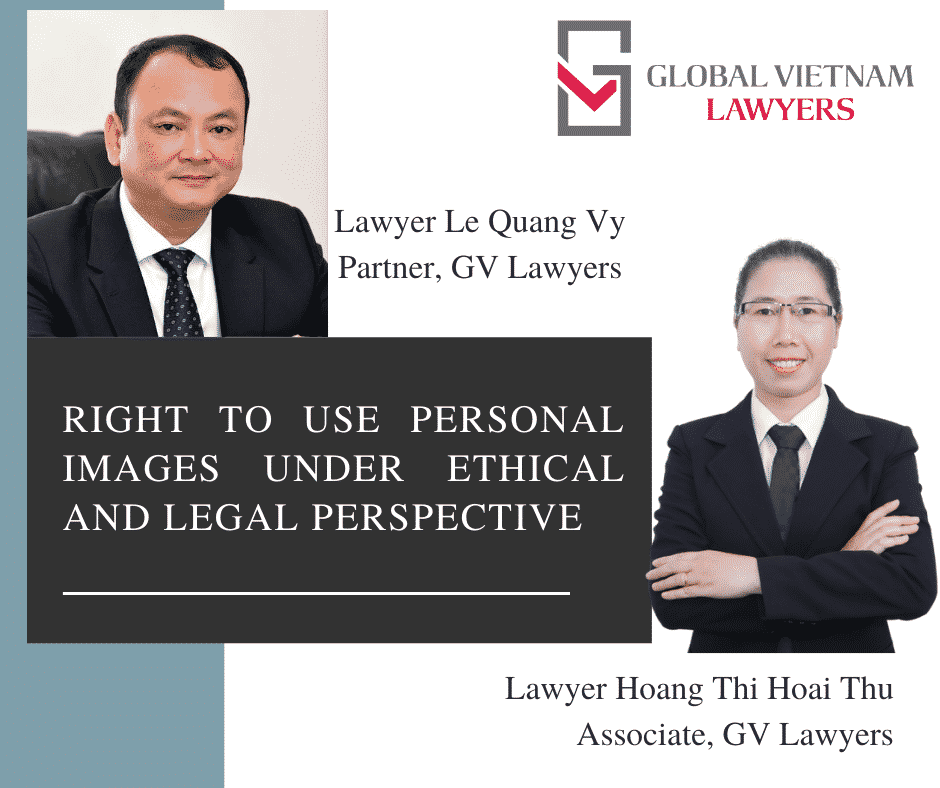
Status quo
Although the personal image is protected by the law, it is an eternal story “I know, what a pity on you talking over and over again!” that never gets outdated in newspapers, especially the electronic one when arbitrarily using personal images to illustrate the news/articles without the consent of the relevant person.
Indeed, just by surfing a series of electronic newspapers every day, you can come across countless articles that use personal images as an ingredient, to vividly spice up articles regardless of whether the “owner” of that photo consents or not.
For example, in recent times, many online newspapers have reported that a girl, alias hotgirl 98 was found to be positive for drugs, illustrated by an image of a haggard, ragged, objectionable person, which can negatively affect honor and work. of the girl later. As we all know, information and data go viral over the internet is very fast, and the time to keep articles with those offensive images is also very long. So it is extremely easy to access and spread the said news / articles above. That also exert great pressure on the character in question, even lead to his depression due to the public opinion and online community which is already very complicated. While the girl is still at a very young age, the opportunity to correct, rectify, change people’s look towards the character that is managing to make a headway is often hindered such images and posts. In many cases, the arbitrary use of photos of some journalists inadvertently not only harms the person taken photo, but also affects the entire family, family line of that person at present as well as in the future. Therefore, under no circumstances, you will be allowed to use an act that lacks ethical standards, professional conscience and at the same time goes against the law to justify and claim that you are doing for a cause.
On the commercial side, there are many cases of intentionally using images of celebrities to advertise their products regardless of the law and permission of the character in the photo or the author or the copyright owner of that photo.
From the provisions of the law
Article 32 of the Civil Code 2015 has the following main contents: “Individuals have the right to their own images. Use of an individual’s photos is subject to that person’s consent. Using another person’s image for commercial purposes must pay remuneration to the person having the image, unless otherwise agreed by the parties”. However, the law also specifies when it is allowed to use personal images without permission, in particular: (i) Images are used for the benefit of the nation, people and public interests; (ii) Images used from public activities, including conferences, seminars, sports competitions, arts performances and other public activities without damaging honor, dignity, reputation of the person with image.
In addition to the 2015 Civil Code, the Press Law 2016 also has provisions to protect moral rights through the prohibition of disclosing information about personal privacy, prohibiting false information, misrepresentation, slander, offending of the honor and dignity of individuals. In addition, regarding the use of personal images in the media and the press, Article 5 of Decree 51/2002 / ND-CP (still in effect) on things that are not communicated in the press stipulates that: “Do not post or publish photos of an individual without a clear caption or affect the reputation and honor of that individual (except photos of information on public meetings, collective activities, labor sessions, arts performances, sports, wanted people, public trials of the courts, offenders in serious criminal cases) ”.
With such clear legal provisions, the press posting of hotgirl 98 as the said evidence is a violation of civil law as well as press law (specialized law). This not only reflects the reporter’s level of legal knowledge but in the ethical aspect, it is completely contrary to the conscience of a writer.
In addition, please also note from the perspective of Intellectual Property Law, any individual or organization before wishing to use a photo for commercial business, the most important thing is to learn the character in the photo, author or copyright owner of a photo to ask for permission, pay remuneration to the copyright owner.
Referring to the case law of the Court of Human Rights European Court, the Court states that: “The image of a person constitutes one of the main attributes of the person’s personality, as it shows the person’s unique characteristics and distinguish the person from his friends. Therefore, the right to protect one’s image is one of the essential components of personal development and assumes control over its use. While in most cases, control over such use relates to an individual’s ability to refuse to publish his or her images, that person also has the right to object to personal recording, preservation and re-creating images of others.”
US law will impose heavy sanctions on people who arbitrarily place a celebrity’s photo next to their own, creating the impression that their product is trusted by that celebrity for the purpose of promoting sales.
Current mechanism to protect the right to personal image
To limit the arbitrary illegal use of personal images, Article 32.3 of the 2015 Civil Code stipulates: “If the use of images violates the regulations, the person having the image has the right to request the Court to decide to force the violator, related agencies, organizations and individuals to recall, destroy, terminate the use of the image, compensate for damage and apply other handling measures as regulated by law. Accordingly, users of illegal personal images that affect the honor, dignity or prestige of others will have to compensate for any damage including reasonable costs to limit and overcome the damage, actual lost or reduced income and other damage as prescribed by law and another amount to compensate for the mental loss suffered by the aggrieved person under Article 592 of the Civil Code 2015.
In addition to compensation, users of information, images without consent or with wrong purpose, offending the honor, dignity or reputation of others on social networks will be subject to a fine from VND 10,000,000 to VND 20,000,000 according to Article 66.3. (e) Decree 174/2013 / ND-CP.
Not only be protected by the Civil Code 2015 and the Press Law 2016, the moral rights of individuals are also protected by the 2015 Penal Code on charges of humiliating others as follows: If serious offenses of the dignity and honor of other persons are committed, a warning will be imposed with a fine of between VND 10,000,000 and 30,000,000 or a non-custodial reform or an imprisonment depending on the seriousness of the offense”. Accordingly, when an individual’s image is used illegally, seriously offending the dignity and honor of the person taken photo, the offender is likely to be subject to the said sanctions according to Article 155 of the 2015 Penal Code.
Law already exists, needing to push for its enforcement
As we can see, although lawmakers have built many legal bases to protect the right to an individual’s image, the use of personal images without his permission is still rampant on social networking sites and in some other newspapers. In order to avoid possible consequences, each individual should practice a healthy and active lifestyle, avoid sharing sensitive and unauthorized images on social networks, at the same time, raise awareness of his own image protection and strongly condemn the misconduct of social networking sites as well as media outlets and press agencies. In parallel with the provisions of the law, ethical standards are also a guideline for the conscience of each journalist, every single person before his own actions.
For the state management agencies over the press, it is necessary to intensify the inspection and handling of violations of the press agencies, especially the electronic newspapers and other violating organizations and individuals. Given all constituent factors, it will be criminalized against those who illegally use another person’s image, seriously affecting the honor and dignity of that person.
Eventually, for acts that infringe the image rights of individuals, the Court should consider bringing to the trial according to summary procedures under Article 317 of the 2015 Civil Procedure Code, in order to resolve the case quickly and promptly protect the legitimate rights and interests of the infringed image holders.


